Push Button. Paint Building.
For property managers, asset managers and general contractors, keeping industrial assets in good condition is essential for maintaining their market worth over time. Some aspects of this role entail analyzing the connection between asset value and corrosion, since corrosion plays a momentous role in shaping the resale value of an asset.
After all, rust damage has long been known to reduce the lifespan of many materials significantly—from steel support beams to copper piping systems. What might not be so obvious, however, is just how closely interrelated these two concepts are when it comes to assessing asset value. By understanding this complex dynamic better, stakeholders can make more enlightened decisions about how best to maintain their investments over time.
In this article, we’ll explore how both factors interact with each other and why you must keep a close eye on them.
Industrial assets are the backbone of any modern economy, and corrosion can have a severe impact on their value. It is also important to note that different types of industrial assets tend to be more vulnerable to corrosion than others.
For example, steel structures such as office buildings, storage tanks, bridges, and other large infrastructure components can easily succumb to rust if not properly maintained. The same is true for pipelines and related equipment used in oil and gas production facilities or water treatment plants.
These items can become corroded due to contact with harsh chemicals or salty sea air. Industrial machines, like conveyor belts, compressors, engines, and turbines, may also suffer from metal fatigue over time unless they’re regularly monitored for signs of wear and tear.
Finally, metal parts found in vehicles—both land-based and maritime—are particularly susceptible to corrosion due to exposure to extreme weather conditions or road salt during winter months.
Note: The impact of corrosion on an asset’s value primarily depends on its condition when it was purchased or constructed. Newer steel structures will generally require less maintenance compared to older ones that were built without proper galvanization techniques or protective coatings applied at the time of installation.
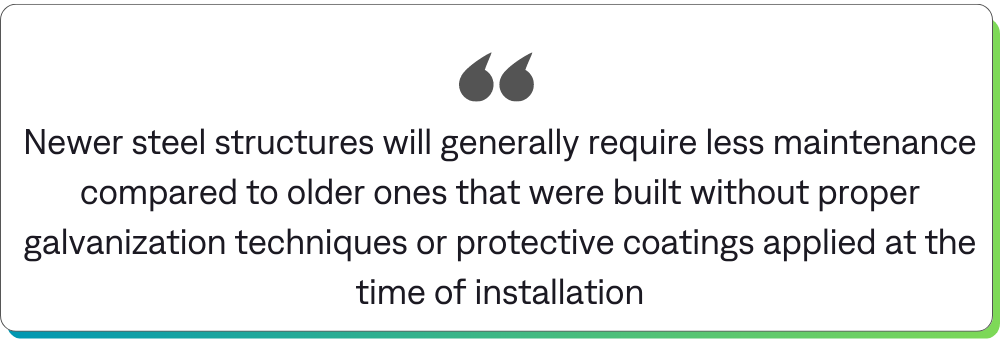
It goes without saying, then, that preventive measures must be taken whenever possible in order to avoid potential disasters associated with corrosive elements taking their toll on valuable industrial assets over time.
Corrosion has far-reaching consequences for asset owners, workers, and communities. From the financial costs of repairs to health risks associated with rust exposure, it is crucial to understand how corrosion can affect each group.
Here’s a look at what we know.
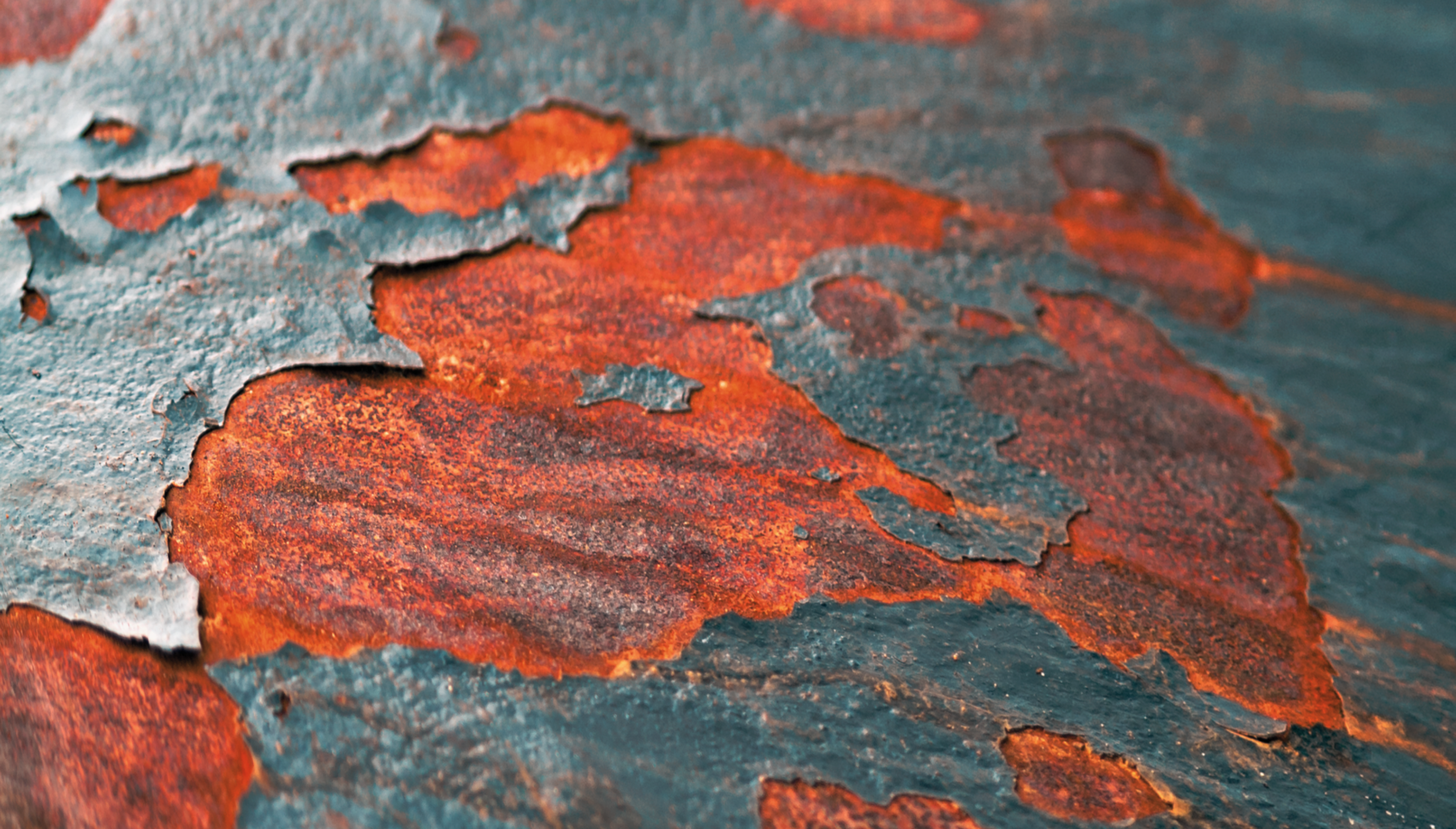
Owners face significant financial burdens when dealing with corrosion damage on their assets. Unchecked corrosion will lead to costly repairs or replacements that eat into profits. Corrosion can also cause an asset to lose value in the long run due to aesthetic issues as well as safety concerns.
Workers exposed to corroded surfaces are vulnerable to inhaling rusty particles that carry hazardous chemicals like asbestos and lead paint, which pose serious health risks. Additionally, working with rusted metal increases the chances of injuries due to sharp edges and broken pieces of material created by extensive corrosion damage over time. Hence, employers can minimize potential risks posed by these hazards by ensuring safe work environments free from corrosive materials.
Finally, nearby communities often bear the environmental impact caused by unchecked corrosion on assets located within their vicinity. Pollutants released during repair activities have been linked to increased risk of cancer and other illnesses, while decreased property values tend to lower tax revenues for local services like schools and hospitals—all leading to negative effects for residents living close by. Therefore, businesses in this sector must reduce emissions and adhere strictly to pollution guidelines set out by local authorities so as not to disrupt the quality of life enjoyed by those around them.
In order to always ensure that your assets remain in top condition, it is essential to recognize the factors contributing to corrosion development on both metallic and non-metallic surfaces.
They are:
Source: The Inspection, Maintenance and Application of Marine Coating Systems
There are many approaches used when it comes to protecting assets from corrosion.
However, sometimes these techniques fail and cause unforeseen failure, which can have a tremendous impact on asset value. In this section, we provide a comprehensive analysis of the various causes of premature anti-corrosion failure that could reduce asset value.
In the absence of high-quality anti-corrosion protection, an asset can be completely destroyed by rust within a span of 5-10 years. By staying vigilant about monitoring the condition of your assets over time, you’ll help maximize their lifespan and keep them looking like new for years down the line.
The life cycle of an industrial asset is a vital part of the success of any business. Unfortunately, industrial assets are subject to a variety of elements that can cause corrosion, resulting in expensive repairs and premature replacement.
This makes preventing corrosion a necessary measure for extending an industrial asset’s life cycle.
There are various approaches, as we point out below:
Surface penetration is an essential factor when it comes to industrial painting, as it dictates how well the paint sticks to the surface and how long it will last.
There are several benefits to surface penetration, as we explain below.
The most common methods to prepare the surface for paint application are blast cleaning, pickling, flame cleaning and preparation by hand. Although surface penetration is an important factor to consider when it comes to industrial painting, sometimes complications can occur when dealing with hard-to-reach objects.
This is one of the instances when a painting robot could help. A slim robotic arm can access more intricate areas that were previously challenging for human workers to cover. With traditional methods, it used to take considerable time to ensure complete coverage of all surfaces with paint.
Nowadays, operator-controlled industrial robots have been designed and programmed to detect the edges of the equipment to be painted, enabling them to apply a consistent spray without any wastage.
External conditions during industrial paint applications can affect the performance of the coatings, such as their drying time, adhesion, and color.
Therefore, controlling external conditions is essential. This can be done by managing the temperature, relative humidity and airflow of the environment where the coating is applied.
In the modern context, the use of AI is recommended. This is because AI-powered systems can detect, analyze, and predict changing conditions quickly, allowing for precise and efficient control of the environment.
In this section, we will explore the different types of industrial paint application methods and explain why spray application is the most efficient and effective one when done right.
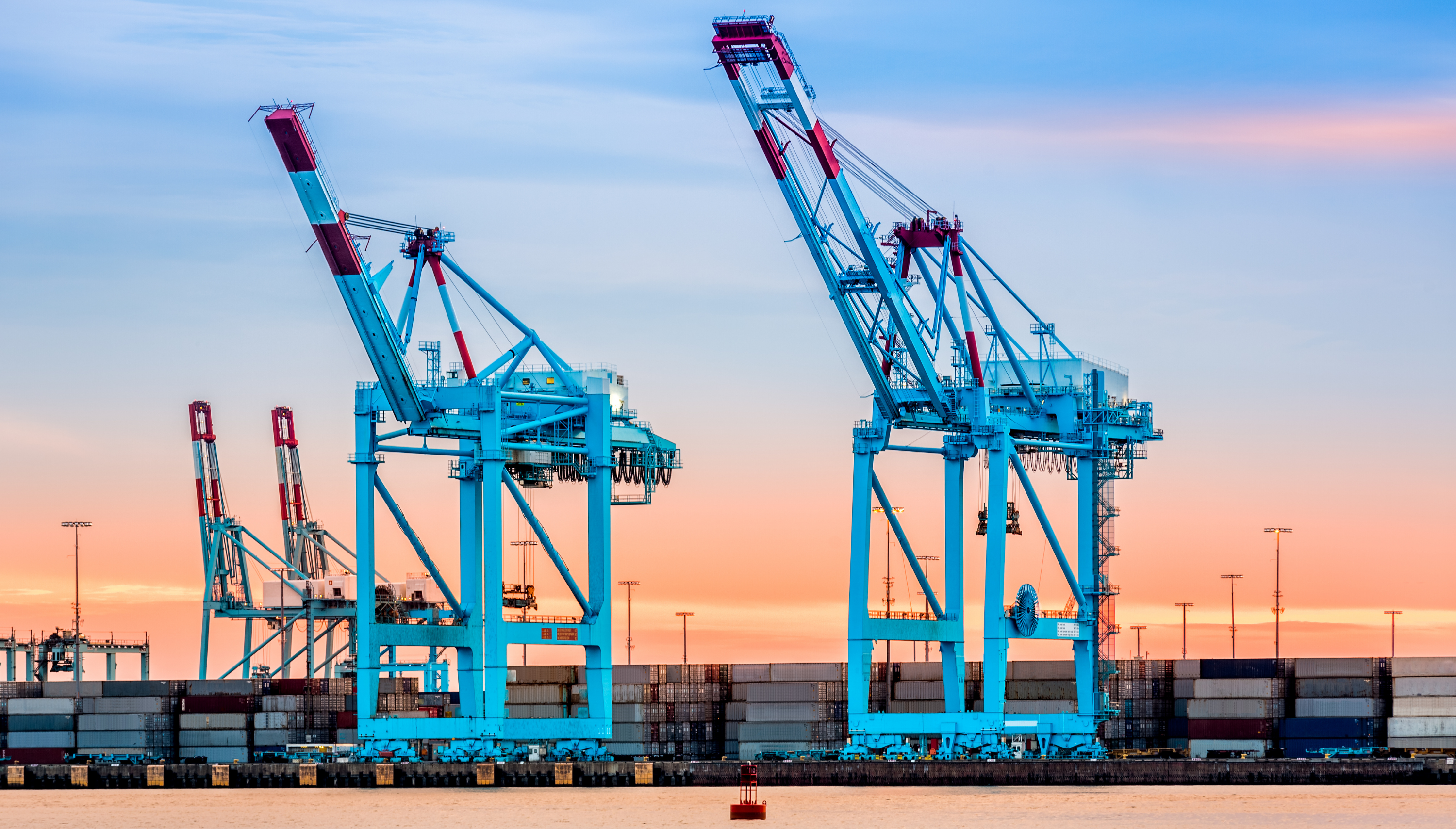
Brushing
This is where a brush is used to apply paint manually. Brushing is best suited to scenarios that involve painting small, detailed areas or when a fine finish is desired.
Rollers
Rollers are a great way to apply industrial paint quickly and evenly. They are best used in large open areas where the paint needs to cover vast surfaces.
Conventional Air Spray
This involves spraying paint through a nozzle powered by compressed air. It is best used when painting large areas with uniform coverage, as it offers greater efficiency and accuracy. It is also one of the most cost-effective ways to apply paint, making it the best choice for most industrial paint applications.
Airless Spray
Airless spray is an industrial paint application technique that makes use of high-pressure pumps to atomize paint into tiny droplets. It is best used for large, flat surfaces and when a high-quality and even finish is desired.
Airless spray reduces wastage and provides excellent coverage and a superior finish, making it the best paint application method available.
However, airless spray-painting equipment is particularly hazardous since the paint is ejected at a very high pressure and can penetrate the skin or cause serious eye injuries. PaintJet paint and coatings are applied by robotics, keeping all operators on the ground. This ensures spray doesn’t come into contact with the face or unprotected skin.
The following are some of the coating types that can be used in the painting of industrial assets:
At PaintJet, we understand that corrosion control is a vital part of maintaining and protecting industrial assets. We specialize in high-precision paint application and specialty coatings through the use of robotics and AI.
Contact us today for a quote.
Previously commercial painting company owner at CertaPro Painters and Engineer at ExxonMobil. Focused on vertically integrating the commercial painting market through robotics
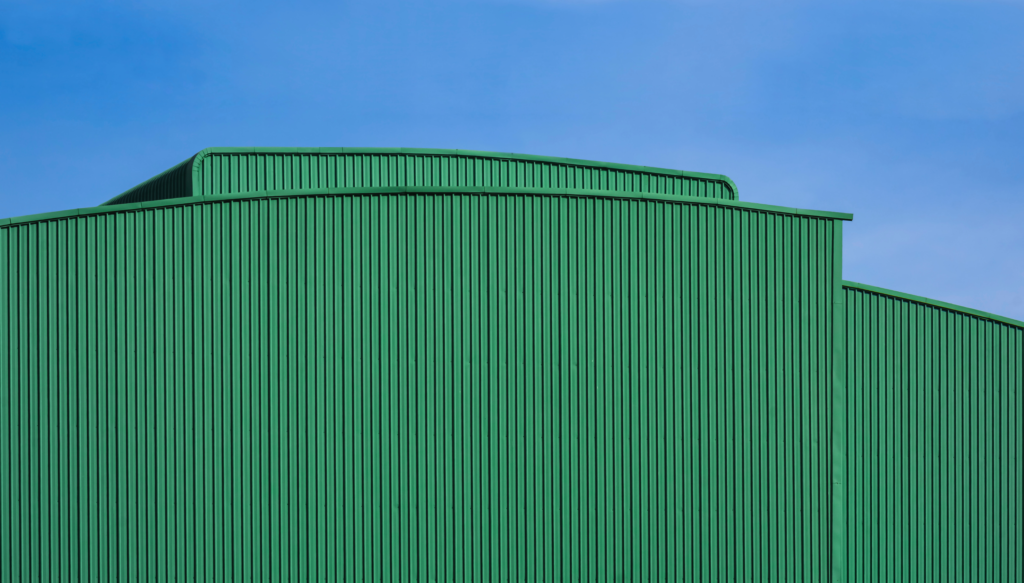
Often, your paint finish is the first sign that a commercial building needs repair. Peeling, fading, discoloration, or bubbling paint can indicate moisture or just the usual elements of age and wear.
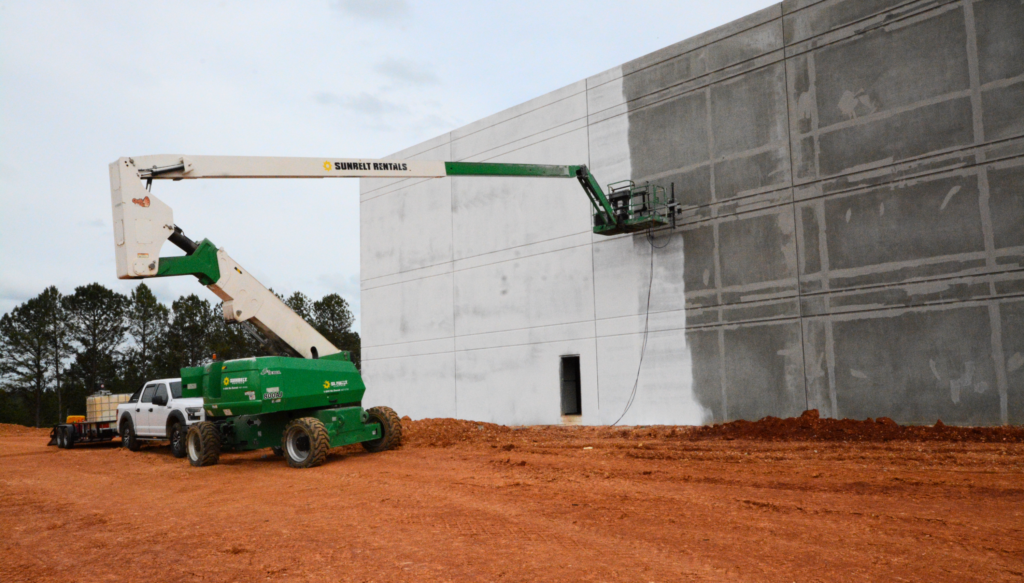
Automation is taking the world by storm, and not just in the industries you would expect. Recently, innovative robotics has produced revolutionary advancement in commercial painting
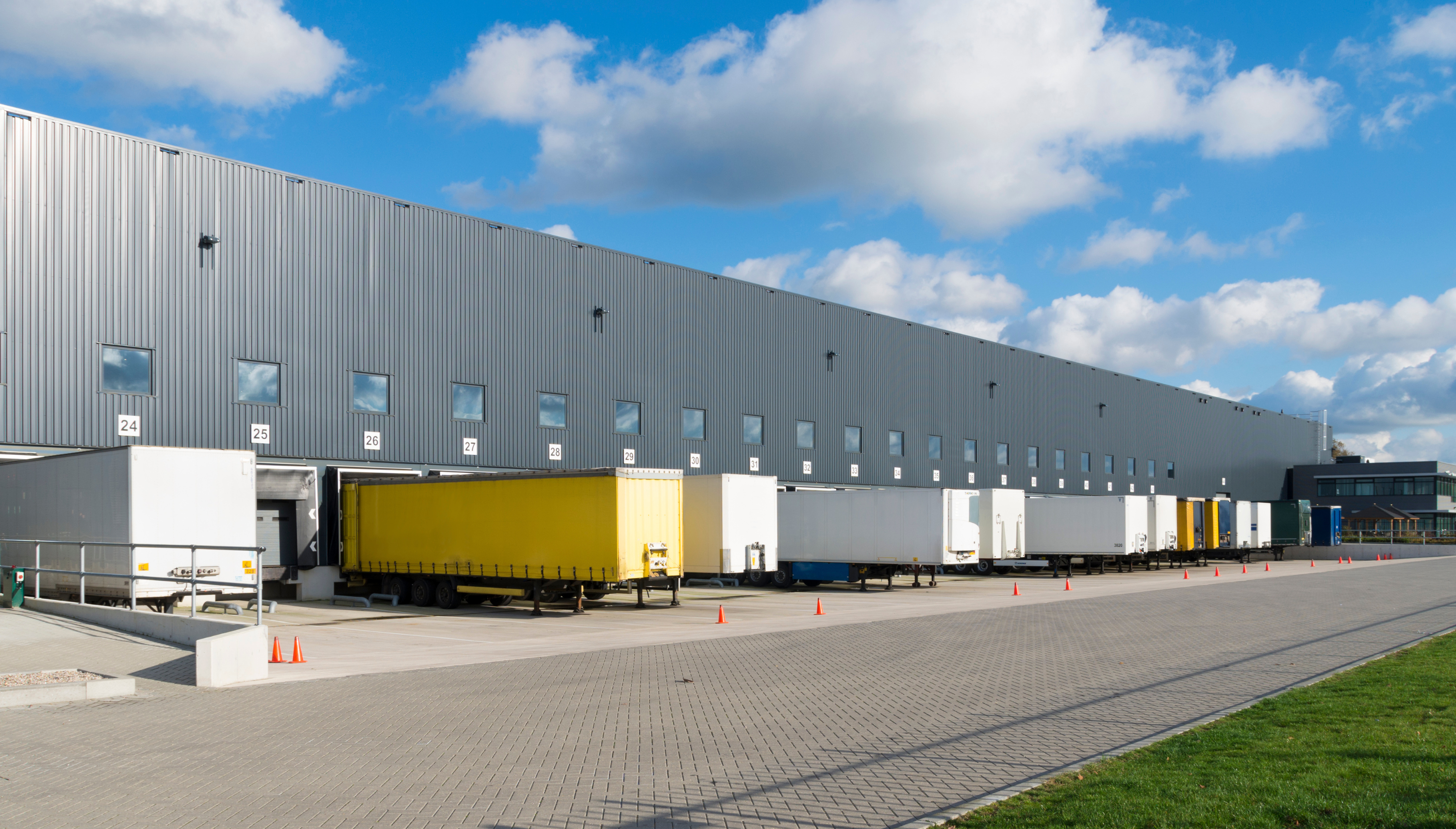
Keeping your facility in top condition requires constant maintenance. Commercial and industrial building managers are constantly taking care of repairs and touch-ups to maintain the quality of the facilities.